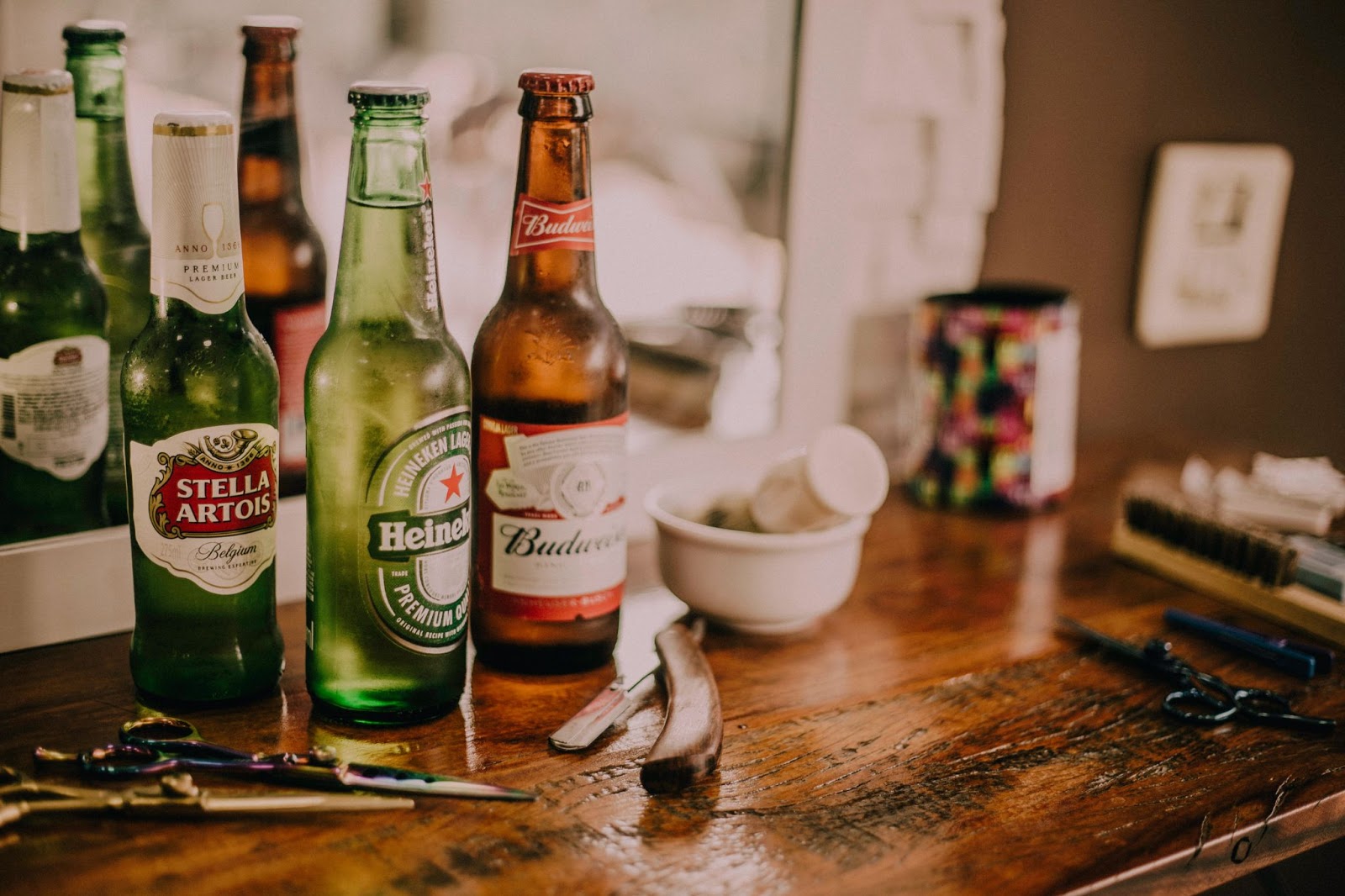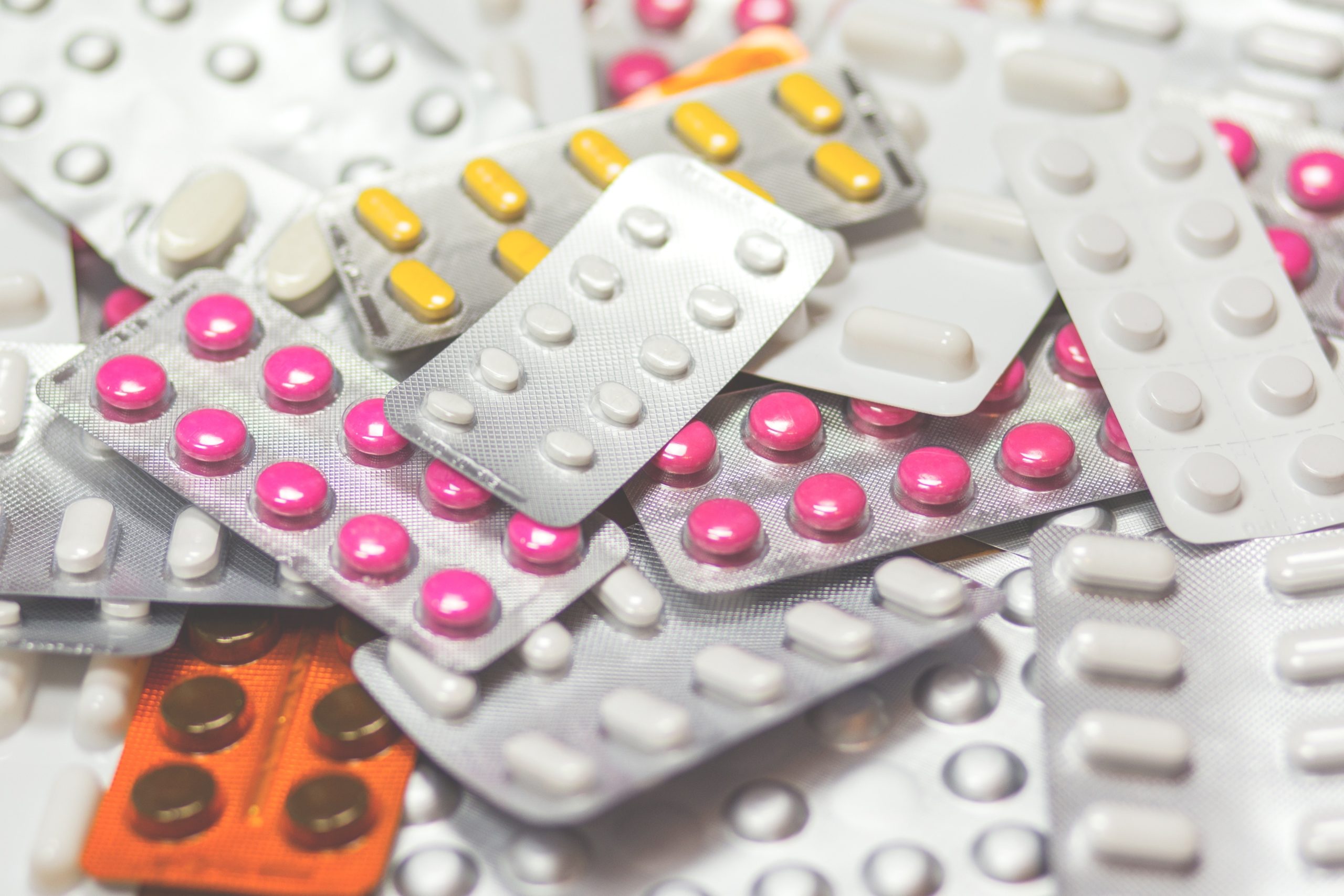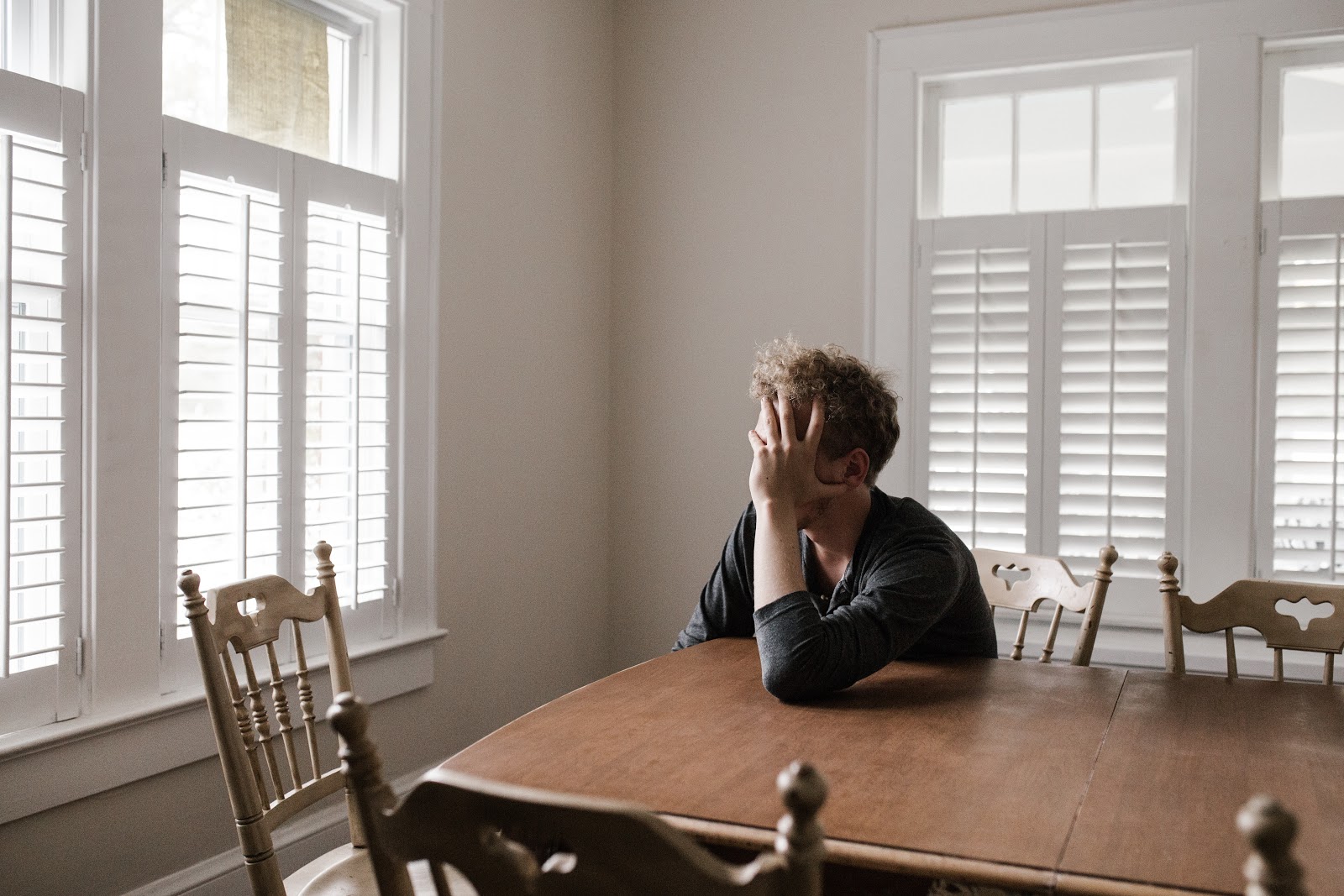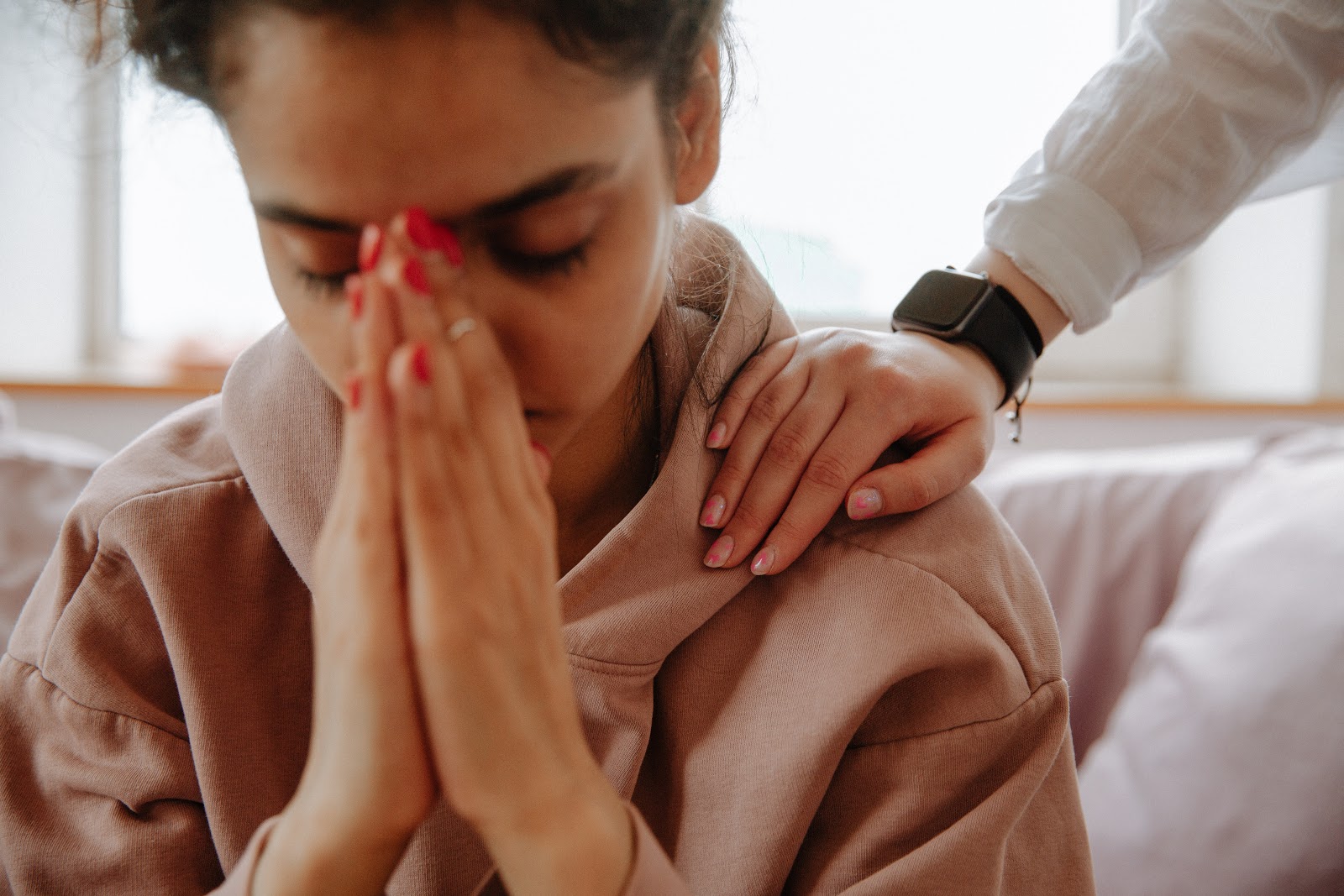Normalizing the importance of mental health is something we can all work on being an advocate for. If you think about your friends and loved ones, you can probably name at least one person you know that suffers from depression or maybe has even struggled with substance abuse. Frequently, when people struggle with mental health issues or feel the initial sadness from depression, there is such a societal stigma surrounding these issues they can feel reluctant to mention them. Sometimes, in the initial stages of depression, it can be such a gradual process that a person can almost convince themselves either it’s not a big deal or that it will pass “tomorrow.”
We can all experience days where we feel particularly low or experience a life-changing event that derails all the well-laid plans we had. The lows that a person experiences can most often be moved past by something pleasant or happy we experience and we tend to move on from the low. When experiencing clinical depression, those periods of time a person feels low last and are more challenging to move past. Drug addiction can be a coping mechanism to the feelings a person cannot seem to move past. It is important to understand how to help someone with drug addiction and depression in a non-threatening manner to advocate for them when they can no longer be one for themselves.
What is Depression?
We have all experienced periods of grief, sadness, and frustration. Depression is more than just an emotional response to a life event or a periodic mood change resulting from everyday life.
According to the World Health Organization, over 264 million people of every age suffer from depression. Clinical depression occurs for a period lasting at a minimum of two weeks and interferes with functioning socially, working, and maintaining healthy relationships.
Typically speaking, those who suffer from depression can experience as many as five or more of these symptoms every day:
- Energy loss
- Interest lost in hobbies and activities
- Frequent periods of sleep or inability to sleep
- Irritability
- Anxiety
- Feeling hopeless
- Thoughts of suicide or attempt of suicide
- Sadness to the point of tears
- Difficulty concentrating
- Appetite increase
- Appetite decrease
- Feelings of low self-worth
- Feelings of shame or guilt
Causes of Depression
There is no specific known cause of depression. Genetics, hormones and brain chemistry can all contribute. Outlined below are some additional risk factors:
- Geography, age, race, and gender
- History of depression in the family
- Some prescription medications
- Certain chronic diseases such as cancer, diabetes, and multiple sclerosis
- Sexual or physical abuse
- Neglect
- Trauma
- Domestic violence
- Low self-esteem
- Drug or alcohol use disorders
- Other disorders such as borderline personality disorder, post-traumatic stress disorder, and anxiety disorder
Tips for Helping People With Drug Addiction and Depression
There are some key ways in which we can help those that suffer from depression:
- Take the time to research and understand depression on your own time. Understand that they can take different forms.
- Offer to assist with daily tasks.
- Keep in touch and offer plans without the fear of pressure.
- Try not to take things personally or “fix” them.
- Try not to offer experience comparison.
- Take care of yourself too. Establish healthy boundaries.
- Offer to help them find support and encourage their commitment to it.
- Listen.
- Offer patience.
What is the Connection Between Drug Addiction and Depression?
People who experience depression look for a way to cope with how they are feeling. The overwhelming feeling of permanence to the feelings associated with depression can cause an individual to seek out a substance or activity as a cure for the pain they may be feeling. Unfortunately, because there is a root cause issue at hand, which is the underlying mental health component, this can lead to addiction.
The trouble is that using these temporary methods of self-medication and substance use may offer a brief period of relief. However, they may also cause intensification of negative thoughts and feelings as well. Certain individuals are at higher risk for depression and subsequently more at risk of developing a substance use disorder. These include:
- Individuals who are not covered by medical insurance
- Individuals who are unable to work
- Those that have been unemployed for a long period of time
- Hispanics
- African Americans
- Individuals between the ages of 45 and 65
Dual Diagnosis
When you have more than one clinical diagnosis, such as addiction and depression, this is referred to as a dual diagnosis. The signs and symptoms of these diagnoses are often overlapping which can pose a challenge when trying to properly diagnose and treat. It is estimated that approximately one in four of those with a substance use disorder also have a mental illness. Some signs and symptoms of those suffering from a dual diagnosis are:
- Inability to control emotions/extreme mood swings
- Financial issues
- Unable to maintain healthy relationships
- Unable to maintain employment
Here are a few valuable steps that may be included in comprehensive treatment plans available to assist with combating addiction and depression:
- Assisting in identifying and changing addictive behaviors
- Providing practical skills for coping with negative thought patterns
- Motivation in creating crucial changes in a person’s life
- Assistance in understanding depression
- Coaching, teaching, motivating an individual that recovery from addiction and depression is well within their reach
If you, a friend, or loved one are experiencing signs and symptoms of depression, addiction, or both, it is important to know there is assistance available and a support system well within your reach. Treatment options can include detoxification, inpatient rehabilitation, outpatient rehabilitation, sober living, individual therapy, and group therapy, just to name a few.
It is necessary when dealing with a dual diagnosis to seriously consider a treatment option in which both disorders can be treated simultaneously. It is challenging enough to handle mental illness, but when you factor in the abuse of a substance, it becomes more important than ever to be surrounded by professionals who can treat both effectively. The most effective treatment is one in which you can customize the treatment plan specifically for each individual’s needs and provide the tools for them to understand better how to develop healthy coping skills and understand their mental illness.
Summary
The truth is it doesn’t just take a village to raise a child. It takes a village to navigate this thing called life. We may not have all been blessed with a perfect support system and the tools to use our minds and bodies to the best of our abilities, but we can create a great support system, and we can undoubtedly acquire those skills and tools. With the assistance of treatment centers, outpatient programs, group therapy, individual therapy, friends who become like family, and so much more, we can handcraft the support system that either we need or our friends and loved ones desperately need.
Never underestimate the fact that small steps daily are still steps in the right direction. It is imperative to know that you can overcome your challenges, fears, and obstacles with one small step each day. People are more resilient than they ever think of giving themselves credit for. With the nature of depression, it is easy to believe that hope is no longer available. It takes so much courage to take the steps necessary to make lasting changes and align with a proper support system to remind yourself daily that hope still exists.
As a loved one extending care and support, offering compassion, listening to an individual’s fears, challenges and concerns are important aspects of helping someone with drug addiction and depression. It is worth mentioning that there is a fine line between creating codependency and enabling addictive behaviors. It is essential to develop healthy boundaries and remember that the individual must be willing to take ownership of their actions. One of the most helpful things that can happen is fostering an environment where it feels safe, and recovery from addiction and depression is possible.
Sources:
Clinical depression: What does that mean? | Mayo Clinic












